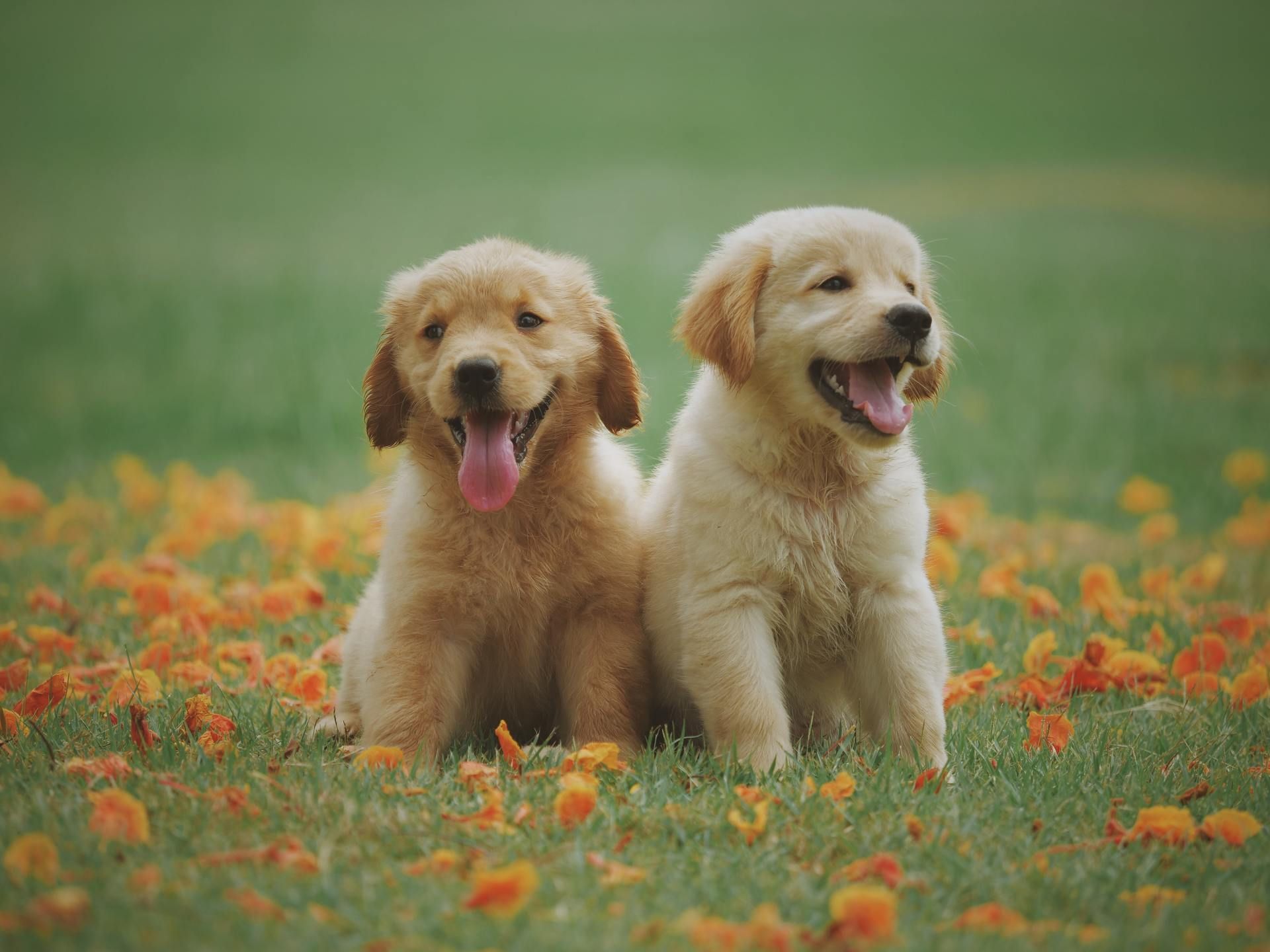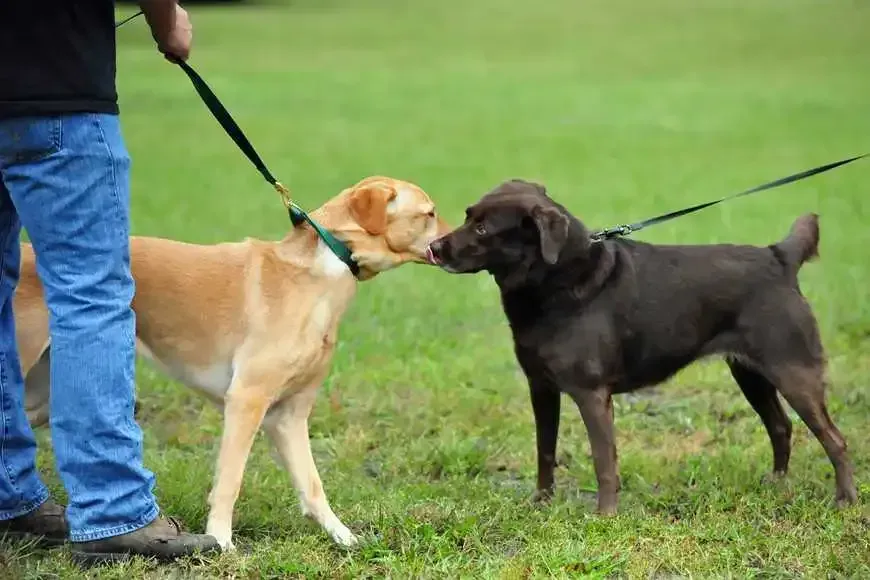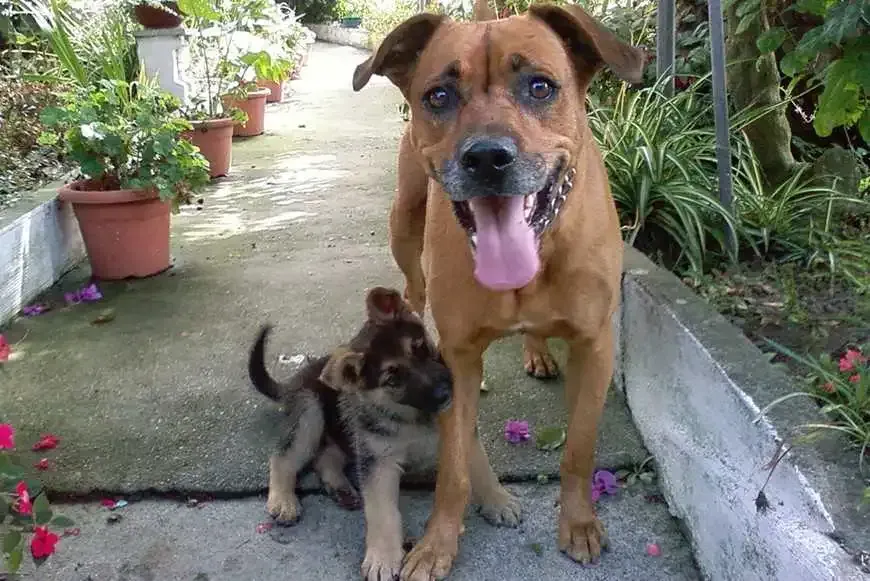ABIB BIO-TECHNOLOGY CO., LTD.
REMIND
Little reminder of love

[How to make your dog accept the arrival of another dog in the house?]
Dogs, like people, have their own social behaviors, and they may be more complicated than we think. Dogs are originally social animals, and they will establish hierarchical systems and territoriality, which will affect their attitude towards new dogs. Therefore, if you want to get a second dog, you must first make the original dog accept it.
If you already have more than one dog in your home, it is best to let them get to know the new dog one by one, because if a new member is introduced to a group of dogs, the group of dogs will tend to dominate the group. Ling Xin is here.

Let your dog make first contact outside
If you choose an environment as a meeting point that is unfamiliar to both dogs, the old dog will be less likely to treat the new dog as an intruder. You might consider visiting a neighbor's yard or a park you don't frequent often. If you go to a shelter to adopt a dog, you can also go directly with your old dog and introduce them to them. During the process, both dogs must be held by a person on a leash.

Use positive reinforcement
From the first meeting, you want both dogs to experience wonderful things in each other's presence. You can start by letting them sniff each other briefly, then praise them in a pleasant, friendly tone, never in a threatening tone. Remember not to let them smell it for too long, as sometimes an aggressive reaction may occur.
Then quickly, get their attention, give some simple commands and reward them with treats. Next, take them for a walk together and allow them to sniff and explore each other intermittently. Note that during this period you must speak to them in a pleasant tone and give them rewards.

dog body language
If the dog assumes the posture they want to play in - with their front legs lowered and their hindquarters raised, it means things are going well, as this is a friendly behavior towards other dogs.
Watch for aggressive behavior, including bristling fur on the back, bared teeth, growling, stiff gait, or staring at the other person for extended periods of time. If you see these behaviors, immediately distract them with something else to interrupt their interaction. For example, two dog handlers can each give the dog a command to sit or lie down, and then give them a treat. Try again after a while, but make the interaction shorter or farther away.
If the two dogs seem to tolerate each other, are both afraid of or aggressive towards each other, and their exploration of each other gradually decreases, you can take them home.
How to get along at home
Let the dogs establish their status, and then support the higher-status dog by giving him a special toy or a favorite bed. Because dogs have a so-called dominance hierarchy, the purpose is to maintain order in the group, reduce conflicts and promote cooperation. If you try to decide who has higher status because of personal preference, it will confuse your dog and cause more problems.

Introducing puppies to adult dogs
Puppies usually keep pestering adult dogs to play. Before they are four months old, puppies cannot distinguish the adult dog's body language, and the adult dog may find it annoying. A well-tempered and well-socialized adult dog may give a warning growl to the puppy, telling the puppy "Okay, don't bother anymore!" Therefore, this behavior is normal and does not need to be stopped.
However, if the adult dog is not sufficiently socialized or has a history of fighting with other dogs, it may use more aggressive behavior to warn the puppy, such as biting it. So unless you're absolutely certain that your puppy won't be in danger, don't initially leave it alone with an adult dog. Of course, don’t forget to give the adult dog some quiet time and don’t let the puppy bother it all the time.
Expert assistance
If you're having trouble introducing your new dog to your old one, you should seek help from a professional behaviorist as soon as possible. Sometimes, dogs can get into serious fights, and the longer the problem goes on, the harder it is to resolve. Also, always remember: Punishment will not improve these problems, it will make them worse.
Source: https://www.petmily.com/behavior/introducing-your-new-dog-to-your-other-dogs/



